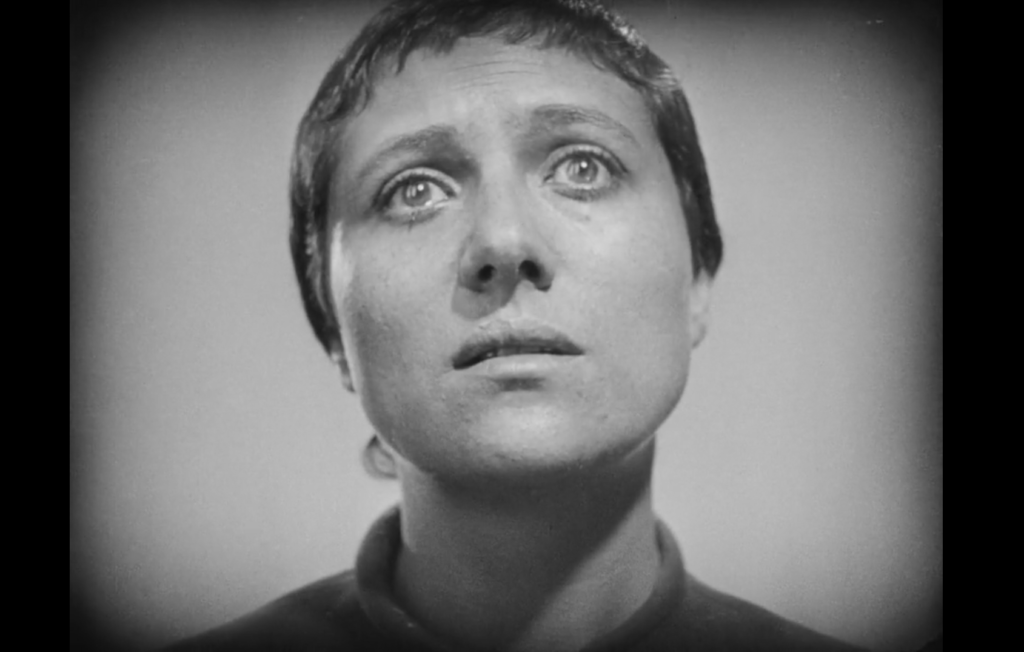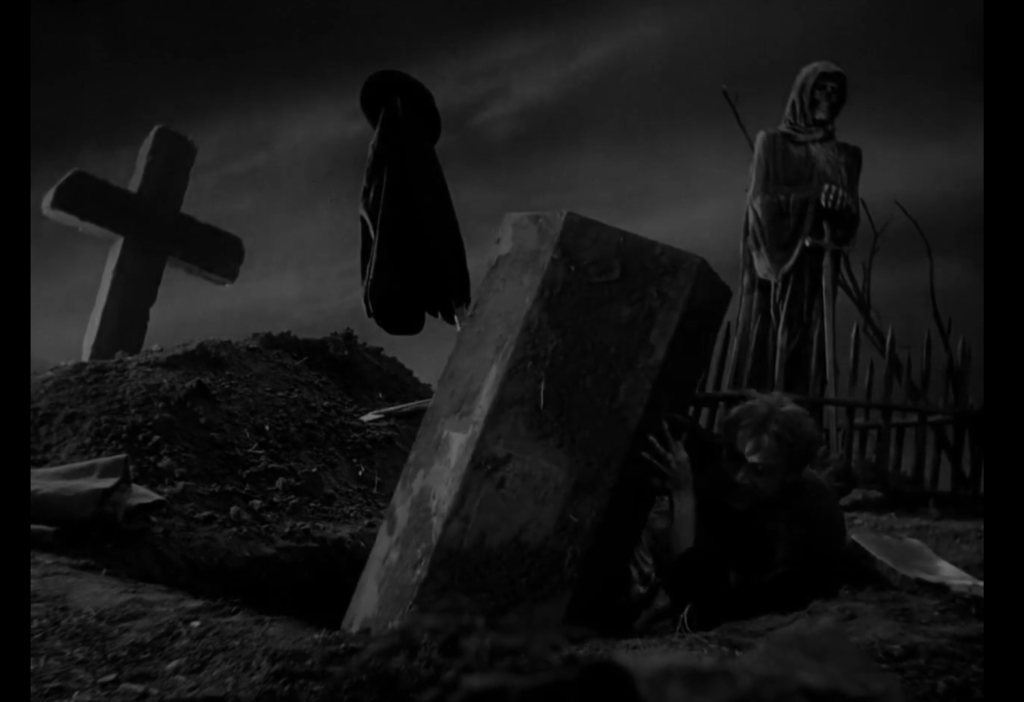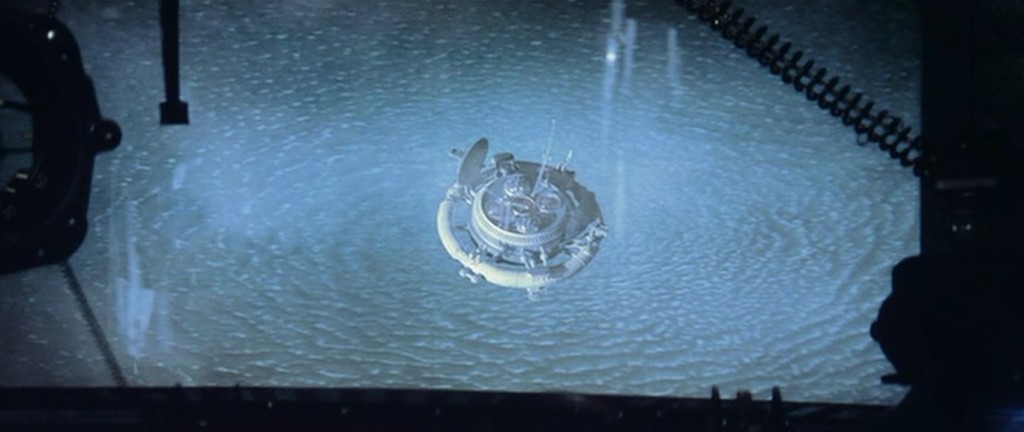
I may have watched Leave No Trace (2018) another 3 or 4 times since I recommended it on Twitter. I can’t exactly articulate the effect it had on me. Of course at its most obvious it’s a story of those who revolt or are revolted by the modern world, and so, in some way these groups attend to some form of fringe-lifestyle, or at least what the modern world considers fringe. In fact, I’m not even going to outline the plot of the film, it’s there as a sort of beacon to those who get it and an abstraction to those who don’t, at most I simply note that you should watch it.
I shall however use the the film, or perhaps the tone of the film to attend to some general thoughts. It was said recently – I can’t quite remember where – that what one tweets, says or writes will seem obvious to those writing or saying it, but may seem epiphantic or almost revolutionary to those who’ve never thought it. This is where one finds great writers and thinkers, those who page after page find ways to extrapolate clearly thoughts that have plagued the recesses of your mind since birth, and it could in fact be that the thoughts you have are indeed the potential articulations of others’ worries, ideas and futures.
This is where Leave No Trace hits the mark, this is more than likely why I’ve watched it a few times. The general tone of the film attends – quite passively – to reaction. Dare I say it’s a reactionary melancholy. Inclusive of exit, disgust, sorrow, inability-of-articulation and surmounting the modern. One may be mistaken in believing that I’m making the mistake of confusing reaction with a certain way of living. Much in the way that the ‘pine-trees- and the anarcho-primitivists attend to a certain way of life. The point being, this specific way of life is inclusive of the reactionary whole and not the other way around. There is no, single, reactionary movement. One could keep ‘moving back’ and perhaps side to side and even flicker between colours if they so wish, if they were reactionary would mean something entirely different to the ‘ism’-specifics. In fact, a recent thread about Neoreaction (NRx) concluded in me stating that I’d always found Neoreaction to be a critique of modernity, religion and economy as opposed to any centered ‘party’, many came, used the NRx-toolbox and then scuttled off to their preferred camp, taking their new knowledge with them.
There’s little to no self-pity in this sombre reaction, and likewise with Leave No Trace, only a Sisyphean exhaustion. That’s not to say this is exclusive to reactionaries, or to one political standpoint. Modernity is suffocating and it’s bureaucratical malaise inescapable –
“They can kill you, but the legalities of eating you are quite a bit dicier.” (DFW)
I’ve always attended to some subtle stoic/ascetic values, and yet of late, the latter, asceticism, has found itself coming to the fore with a certain hypocritical ferocity. It used to be that to deny TV, junk food, mass-medication, drugs, alcohol and the libertine-lifestyle was merely to state that one was not interested in that which the modern had to offer, the quick, the easy, the thoughtless pursuits marketed to empty minds. And maybe this is now simply a matter of repetition, but to deny these comforts is not seen as denying the extra, but it as seen as denying the norm, the standard, the default. If one is to not have a TV, if one sleeps on the floor, wears the same clothes, eats simple meals, does not drink or do drugs, then that person, at least within W.E.I.R.D-esque world is seen as an outsider. This is of course repetition bordering psychotherapy.
The phrase ‘We just wanted to be left alone’ often springs to mind, when the wage in inescapable, the commute, the retail radio, the cackle of a mass, fluorescent lights, mimetic-taste, etc etc. the inescapable hum and flow of nauseating modernity and progressivism. This incessant sewerage of that which I – apparently – must enjoy, work with and most annoyingly, promote. One finds oneself pinging from unused node to unused node in the hope of a moment of piece, and yet each corner thus far, each little haven has been infected by some irksome, utterly disgusting modern sinew. And so you just keep trundling along. That’s where the film strikes a chord. In the moments of the in-between. The waiting rooms, the communities, the churches, the cities, the government offices and the hallways of the contemporary. All inclusive of unavoidable, gut-level detestable modernist patheticism.
This piece is inclusive of my beliefs pertaining to capital, time and the ‘human’. It’s a sideline of acceptance. The neo-ascetic seemingly little more than he or she actively avoids the aesthetic, itemized and dopamine-looped reality of modernity. Those who expend personal energy to confront and sidestep the toxic all-consuming grin of runaway progressivism. Many ascetics used to live in caves for their entire lives, monks, hermits and outsiders all. Now, many of this temperament are placed within inescapable leviathans intent on their attitude destruction. The ascetic avoidance was often for religious reasons. The Neo-ascetic’s primary task is to avoid squandering their energy to the religion of progress, the faith of modernity.
In enemy territory, always, just trying to be left alone.
Read More










